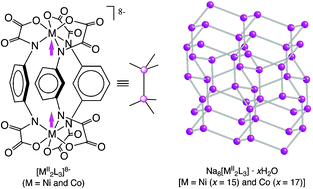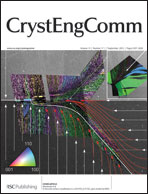*
Corresponding authors
a
Institut Parisien de Chimie Moléculaire, UPMC Univ Paris, 06, 75005, Paris, France
E-mail:
rodrigue.lescouezec@upmc.fr, yves.journaux@upmc.fr
b
CNRS, UMR, Paris, France
c
Instituto de Física Corpuscular (IFIC), Universitat de València, 46980, Paterna, València, Spain
d
Instituto de Ciencia Molecular (ICMol), Universitat de València, 46980, Paterna, València, Spain
E-mail:
emilio.pardo@uv.es, francisco.lloret@uv.es
e
Fundació General de la Universitat de València (FGUV), Universitat de València, 46980, Paterna, València, Spain
f
Laboratorio de Rayos X y Materiales Moleculares, Departamento de Física Fundamental II, Facultad de Física, Universidad de la Laguna, 38204 La Laguna, Tenerife, Spain
g
Instituto de Ciencia de Materiales de Aragón, CSIC-Universidad de Zaragoza, 50009, Zaragoza, Spain
h
Institut Laue Langevin, 38042, Grenoble, France


 Please wait while we load your content...
Please wait while we load your content...